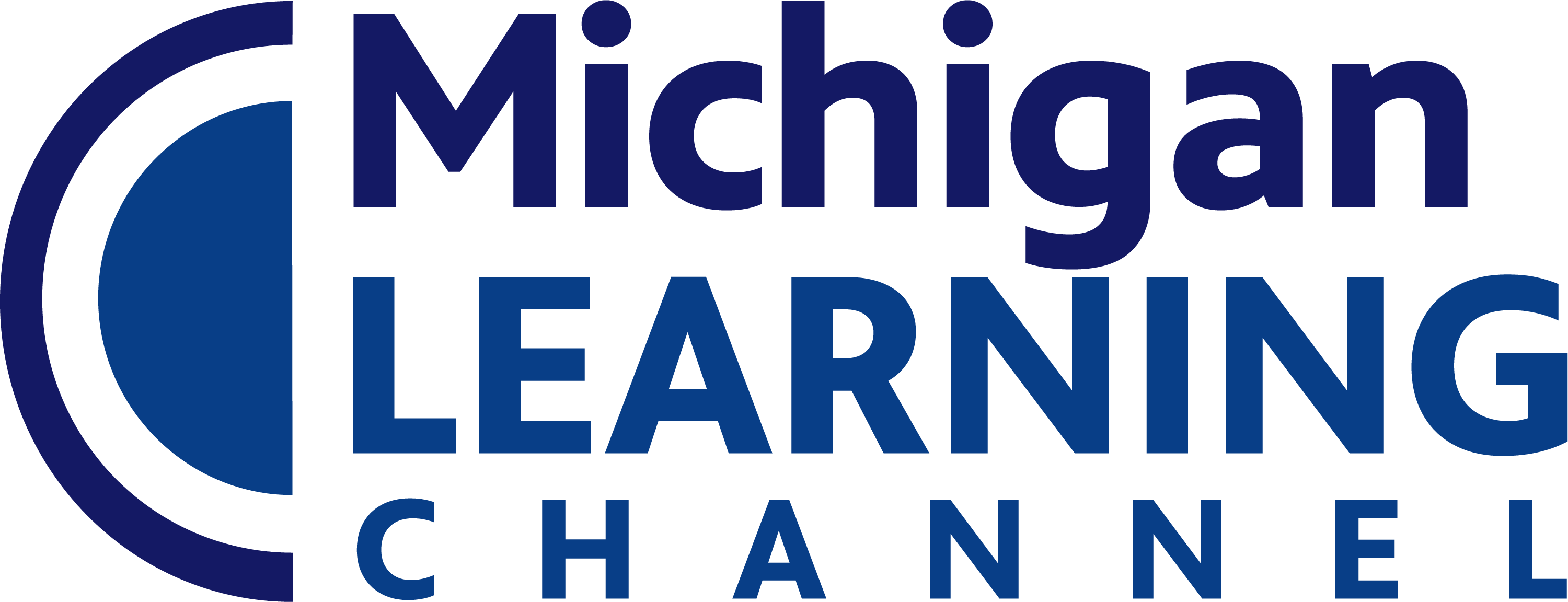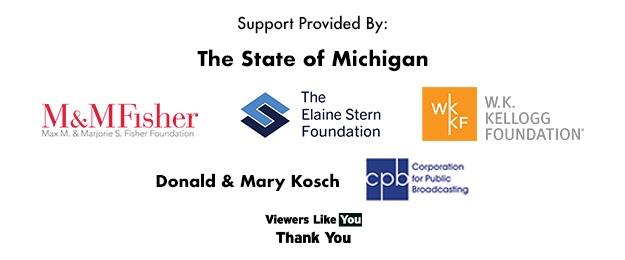Use place value understanding and properties of operations to perform multi-digit arithmetic
Fluently add and subtract within 1000 using strategies and algorithms based on place value, properties of operations, and/or the relationship between addition and subtraction. (A range of algorithms may be used.)


